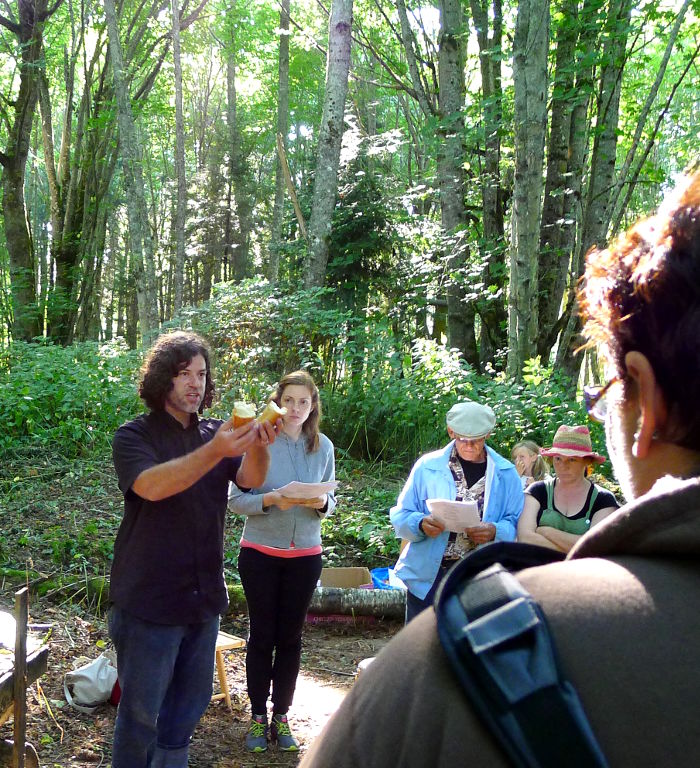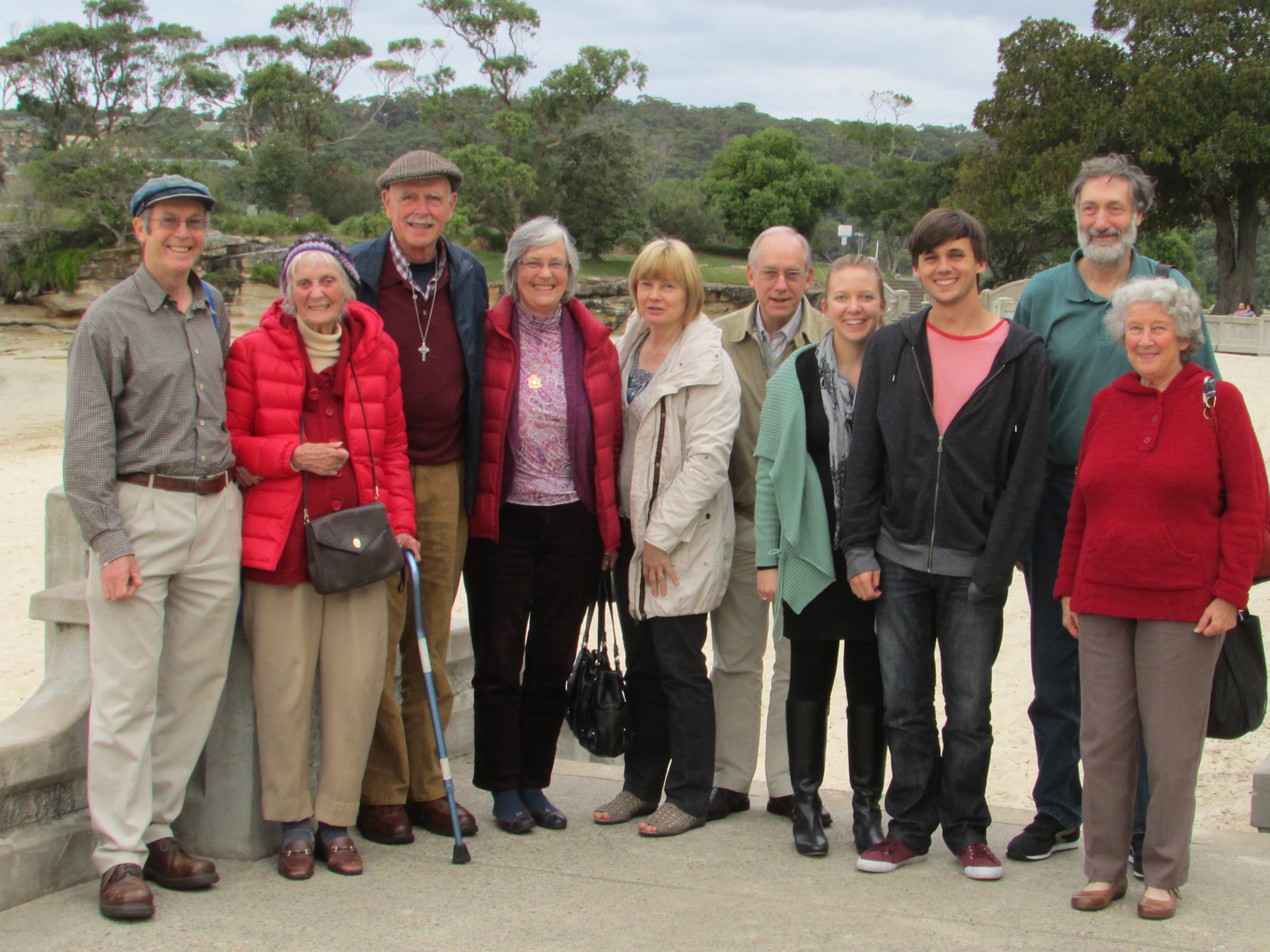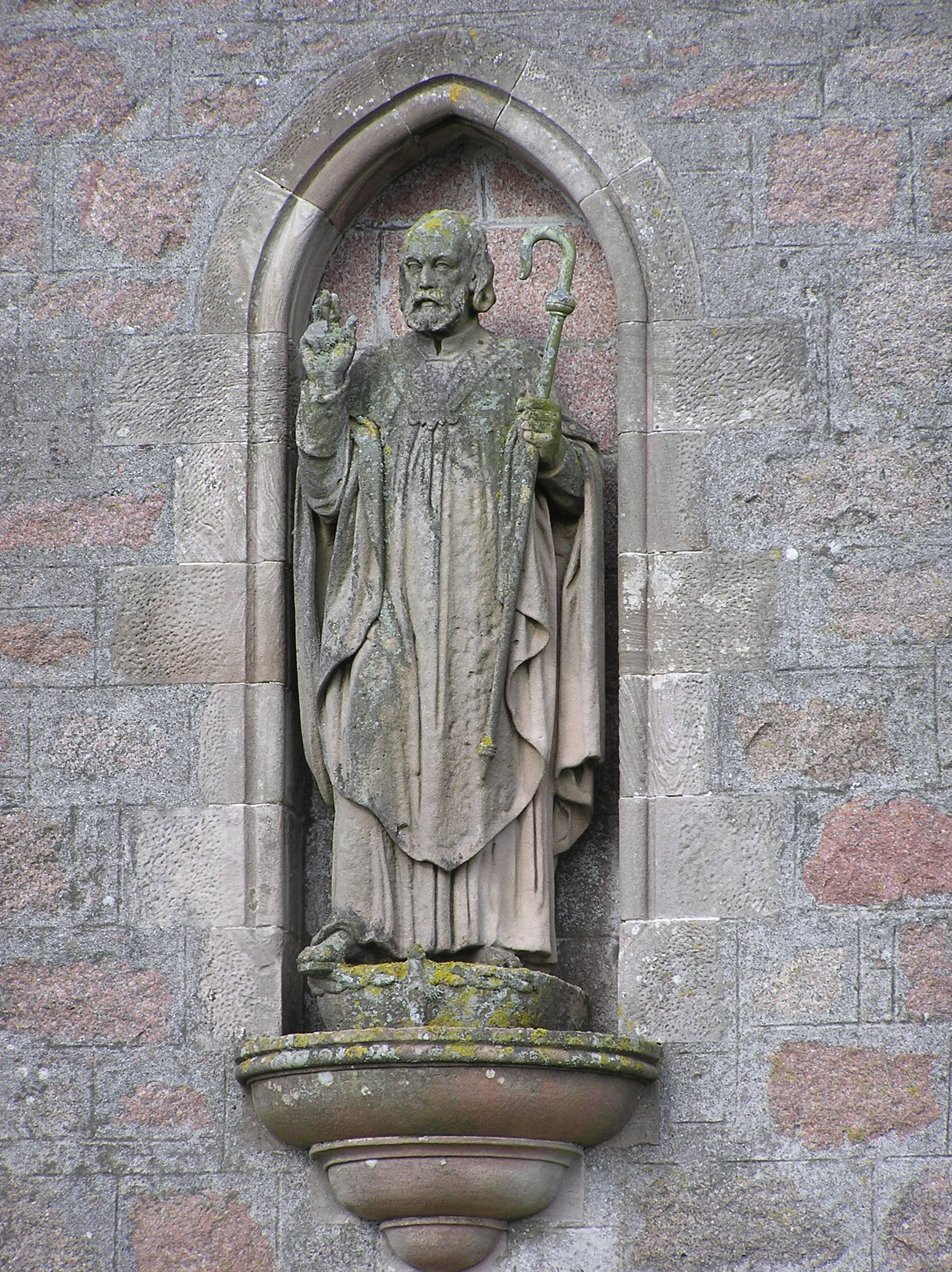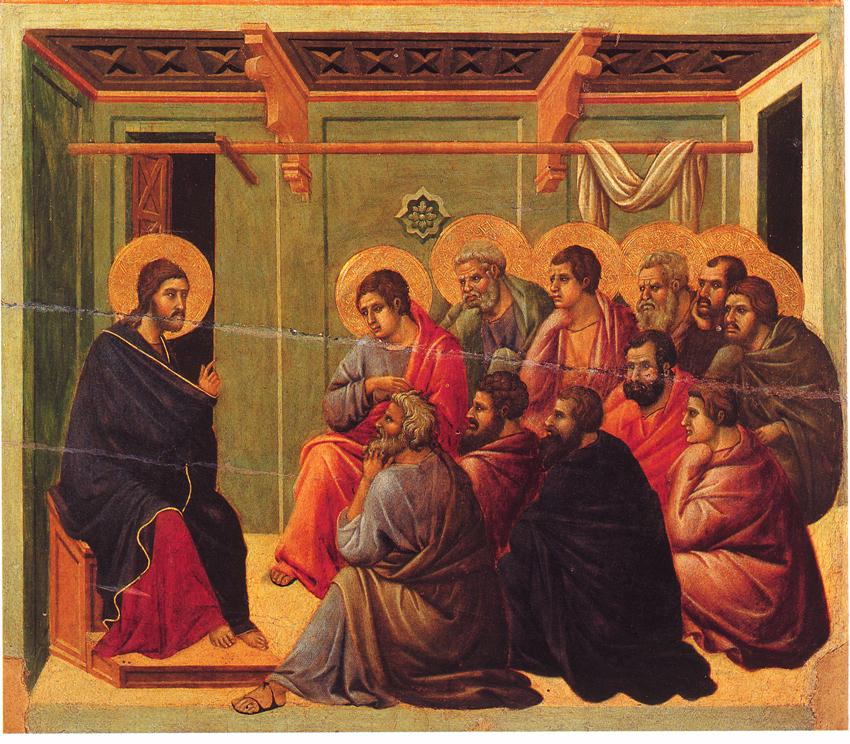Peace Dancing
By Esther Hizsa 2013
Peace is joy resting, and joy is peace dancing.
– Charles Haddon Spurgeon
September 1998 I got a phone call from my brother. “She left me,” he said and began to cry. As he filled in the details, a new reality unfolded, and there was no folding it back to the way things were before.
“I wish you weren’t so far away,” I said wiping the tears from my cheeks.
“Me too,” he said. “I might need to call a lot.”
“That’s O.K. Call anytime,” I replied.
Once or twice a week my brother called. He’d talk and cry until he was too tired to say any more. And I’d listen, two thousand miles from his pain.
Two months after his wife left, my brother went for counseling. He told me about the sessions when he called. I listened, fascinated by what I heard. But in one conversation he asked me a question. All of a sudden it wasn’t just about him anymore.
“The counselor asked me about our childhood,” he said. “I told her I didn’t remember Mom or Dad ever holding us. Do you? Do you remember them hugging us?”
Not one memory came to mind.
“The counselor thought that was sad.”
“Hmm,” I said and looked up to see my husband pointing at his watch. “Oh, man. It’s 9:30! I’d better go or I’ll be late for work. I love you.”
“I love you, too,” he said.
I grabbed my bag, kissed Fred goodbye and drove to East Vancouver through the slushy snow. At ten I arrived for my sleepover shift at a group home for developmentally disabled adults.
I pushed the phone call from my mind and went about my duties. But when I climbed into bed I thought about what my brother had said. There was no getting around it: though my parents did their best, my siblings and I did not receive the affection we longed for as children. The counselor’s validation made me weep. And once I started to weep, I couldn’t stop crying. Finally I fell asleep with a song by Rich Mullins playing in my head:
Hold me Jesus ’cause I’m shaking like a leaf
You have been King of my glory
Won’t you be my Prince of Peace?
The next morning as I helped one of the residents pick out clothes for church, she asked me if I felt better. She must have heard me crying.
Once I got home there was the usual rush getting the kids fed and out the door. We arrived at church while the congregation was singing the first verse of “O Come, O Come Emmanuel.” Behind us a woman came in with her family. She was carrying her four-month-old daughter in a car seat and set her down on the floor at the back of the church while she hung up her coat.
I crouched down in front of the baby and put on a smile. “I hear you’re playing baby Jesus in this year’s Christmas pageant,” I said. “Feeling up to the part?”
The baby stared back at me with ancient eyes as if she too knew I was grieving. She curled her fingers around one of mine and looked at me. At that moment I seemed as if she was holding me, as if she really was Jesus. I felt comforted.
The mom thanked me for watching her daughter and joined her family in the sanctuary. I stood there savoring the joy resting inside me.
I remember that moment as if it were yesterday; the memory is as crisp and clear as Christmas Day.
“I bring you good news of great joy,” the angel told the shepherds that first Christmas. “The Savior has been born.” The shepherds left their flocks and found baby Jesus wrapped in cloths, laying in a manger, and knelt down and worshiped him. They went home rejoicing, peace dancing in their souls.
We too rejoice for Jesus has come into our world, into our lives, and into our grief with tidings of comfort and joy.
Bio
Esther Hizsa lives in Burnaby, B.C. with her husband Fred. They have two children and two grandchildren. Esther works part time at as the associate pastor of New Life Community Church, has a Master of Divinity degree from Regent College, and is a trained spiritual director (SoulStream). But her first call is to writing. Her work been published in the MB Herald, SoulStream website and her blog, An Everyday Pilgrim http://estherhizsa.wordpress.com/.
Its the first day of Advent, our anticipation is building, the nativity scenes are being assembled and our images of Jesus and his family alone and abandoned in a dirty stable are forming. But is that the way it really was?
According to New Testament theologian Kenneth Bailey in his wonderful book Jesus Through Middle Eastern Eyes, no. Middle Eastern cultures are known for their hospitality and Joseph was coming home with a new wife and an expected first child. The whole family was gathering, aunts and uncles, cousins and brothers and sisters. All of them coming home. Yes there was a census that brought them together but in a fun loving culture like this it would not have diminished the welcome or the excitement of a homecoming gathering. The expectation of a baby to be born in their midst would only have increased the excitement.
As Kenneth Bailey explains, the Greek word (katalyma or kataluma) translated as inn in Luke 2:7 does not mean a commercial building with rooms for travelers. It’s a guest space, typically the upper room of a common village home.
“A simple village home in the time of King David, up until the Second World War, in the Holy Land, had two rooms—one for guests, one for the family. The family room had an area, usually about four feet lower, for the family donkey, the family cow, and two or three sheep. They are brought in last thing at night and taken out and tied up in the courtyard first thing in the morning.
“Out of the stone floor of the living room, close to family animals, you dig mangers or make a small one out of wood for sheep. Jesus is clearly welcomed into a family home,” See the entire article here
It was to this simple village home that the shepherds and wise men alike came. Shepherds despised and regarded as unclean by their society, are visited by angels and invited to join the great home coming celebration that marks the coming of the child who will become the Messiah. That they were welcomed and not turned away from this home is remarkable. This is good news indeed for the outcast and the despised.
Then the wise men come, according to Bailey, rich men on camels, probably from Arabia. And they come not to the city of Jerusalem where the Jews thought God’s glory would shine, but to the child born in a manager around whom there is already a great light. The wise men come to find a new home, a new place of belonging that has beckoned to them across the world. This too is remarkable and good news for people of all nations who long for a place to call home.
Bailey tells us that the birth stories of Jesus “de-Zionize” the Messianic traditions. Hopes and expectations for the city of Jerusalem are fulfilled in the birth of the child Jesus. (p54).
The new family, the community that will be formed around this child, does not look to the earthly Jerusalem as its home, but to the heavenly Jerusalem which will come down from heaven as a gift of God at the end of history. (Revelation 21:1-4). And it is to this home, a place with no more tears, or oppression or starvation that all of us are beckoned by the birth of Christ.
I love this imagery. Even in the birth of Jesus we are called towards a new family and a new home. There are family and friends and animals. And special invitations by angels for the despised and rejected, and a star to guide the strangers and those who seem far off. The new family and the home envisioned in the birth of Jesus is inclusive of all accept God’s invitation.
What do you long for and which home are you awaiting this Advent season?
Story by Christine Sine
Music by Tara Ward, The Opiate Mass and Church of the Beloved
Reflection by Dr. Chelle Stearns, Seattle School of Theology and Psychology Seattle WA
Meditation by Christine Sine, Mustard Seed Associates. This meditation contains the text for this years Advent meditation video Come Home to God
Produced by Ryan Marsh, Church of the Beloved
Listen now:
Or right click this link and save to your computer: Advent Podcast Week One
This is the first of a series of podcasts produced by Ryan Marsh of Church of the Beloved, that will be posted at the beginning of each week of Advent.
Todays podcast focuses on the coming of Christ as an infant. This is the first coming that Advent invites us to experience. The remembrance of Jesus coming in the flesh as an infant. It captivates our hearts yet makes few, if any demands on our souls. For many the story is nothing more than a children’s story, a soothing tale that is little more than an add on to the secular celebration of consumption and overindulgence.
As you await the coming of Christ what are you hoping for? Join us each day this week for additional reflections, liturgies and prayers on our theme.
And don’t forget our other Mustard Seed resources including these beautiful prayer cards that we have put together. Your purchase of these resources is one way to help support the Godspace blog and the ministry of Mustard Seed Associates.
We hope that you will also join us next week for our second podcast:
Week Two of Coming Home
Story by Jim and Donna Mathwig
Music by Aaron Strumpel, In Mansions and Church of the Beloved
Reflection by Dr. Dwight Freisen, Seattle School of Theology and Psychology, Seattle WA
Meditation by Christine Sine, Mustard Seed Associates
Produced by Ryan Marsh, Church of the Beloved
Week Three of Coming Home
Story by Jim and Donna Mathwig
Music by Tracie Whisperly, In Mansions and Church of the Beloved
Reflection by Rev. Karen Ward, All Souls Episcopal Church, Portland, OR
Meditation by Christine Sine, Mustard Seed Associates
Produced by Ryan Marsh, Church of the Beloved, Edmonds WA
Week Four of Coming Home
Story by Mustard Seed House
Music by Lacey Brown, In Mansions and Church of the Beloved
Reflection by Tom Sine, Mustard Seed Associates
Meditation by Christine Sine, Mustard Seed Associates
Produced by Ryan Marsh, Church of the Beloved, Edmonds WA
—
Tom and I have just returned from one of our favourite walks around our a nearby lake called Greenlake. As we walked today we shared what we think will become a new tradition for us – a walk of gratitude. We took turns sharing about the people, places, and ideas that we are grateful for. It was a wonderful walk. So much to be grateful for and it took us the entire three mile walk to share. Our hearts were overflowing, more than anything else with gratitude to God.
I used this prayer which I was in the Thanksgiving liturgy (with a few small adaptations of my own) at our church yesterday and thought I would use it here to round off my posts on a week of gratitude.
For the beauty and wonder of your creation, in earth and sky and sea.
We thank you Lord.
For all that is gracious in the lives of men and women, revealing the image of Christ,
We thank you Lord.
For our daily food and drink, and for our homes when others have none,
We thank you Lord.
For family and friends, for those who have mentored and moved us towards wholeness,
We thank you, Lord.
For health and strength to work and leisure to rest and play,
We thank you, Lord.
For the brave and courageous, who are patient in suffering and faithful in adversity,
We thank you, Lord.

For all valiant seekers after truth, liberty and justice,
We thank you Lord.
For the communion of saints in all times and places,
We thank you Lord.
Above all we give you thanks for the great mercies and promises given to us in Christ Jesus Our Lord;
To him be praise and glory, with you O God, and the Holy Spirit, now and forever. Amen.
Today’s post is by Kimberlee Conway Ireton, mother of four and author of The Circle of Seasons: Meeting God in the Church Year and the recently released memoir, Cracking Up: A Postpartum Faith Crisis.
For the beauty of the earth…
For the glory of the skies…
For the love which from our birth…
Over and around us lies…
Lord of all to Thee we raise
This our hymn of grateful praise.
–Folliott S. Pierpoint, 1864
According to Robert Morgan, this well-known hymn is one of only a few Christian songs devoted wholly to giving thanks. “One of the strange things about ‘the attitude of gratitude,'” he notes, “is that we tend to exhibit it in reverse proportion to the number of blessings we receive. The more we have, the less thankful we are.”
Oh, friends, let that not be true of us! Let us not fail to give thanks. Let us not fail to see all that we have to be thankful for.
Let us instead sing out our thanks to the Lord of all—for the beauty of the earth, for the glory of the skies, for God’s unfailing love that surrounds us from our first breath to our final one.
May we be a people who see the manifold gifts, name them one by one like the beads on a rosary, and offer up a constant hymn of grateful praise to the Giver of all good gifts.
For red leaves on trees and scattered over sidewalks
For gray skies— but no rain
For wind bowing birch boughs
For hands to write with
For a clean kitchen at the end of this day
For warm sweaters
For a cozy blanket and a book
For shared meals, good food, and laughter
Lord of all, to Thee I raise this my hymn of grateful praise.
May your Thanksgiving, friends, be full of thanks giving, which always leads to joy.
Its here at last. My new Advent meditation video for 2013. Enjoy.
Music: Place of Resurrection from the album Psalmus, Jeff Johnson with Janet Chvatal. ℗© 2011 Sola Scriptura Songs / ArkMusic.com, Used with permission. All rights reserved.
As an Amazon Associate, I receive a small amount for purchases made through appropriate links.
Thank you for supporting Godspace in this way.
When referencing or quoting Godspace Light, please be sure to include the Author (Christine Sine unless otherwise noted), the Title of the article or resource, the Source link where appropriate, and ©Godspacelight.com. Thank you!






























